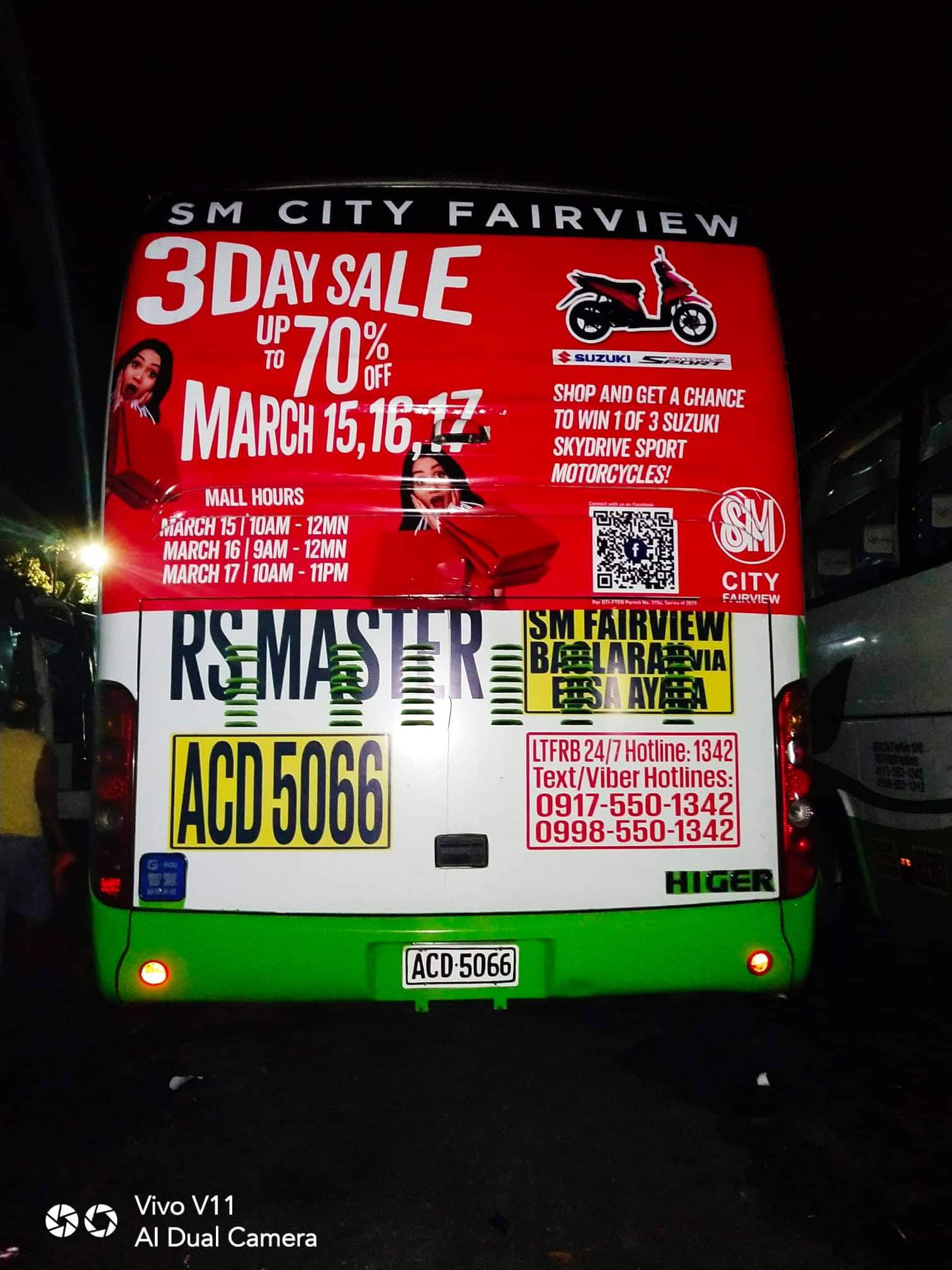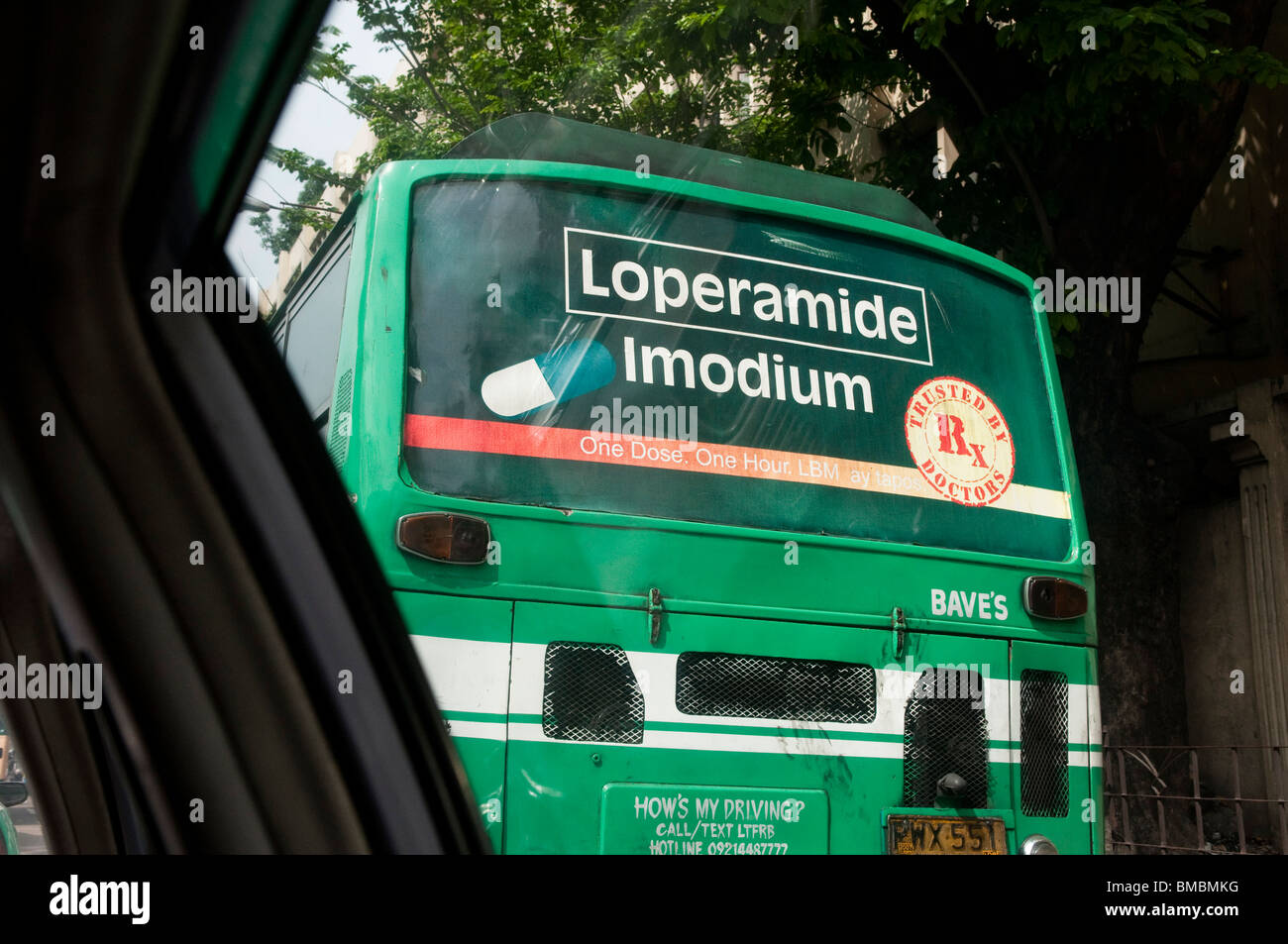Exactly How Transportation Advertising And Marketing Can Change Public Transport Spaces Into Dynamic Advertising Operatings Systems
Transportation marketing holds significant possibility to redefine public transport areas right into dynamic advertising systems that inform and engage. By making use of ingenious layouts such as electronic display screens and interactive stands, brands can not just reach a varied audience yet additionally boost the total commuter experience. This approach develops an unique opportunity for brand names to get in touch with consumers in a setup that is usually forgotten. As we check out the diverse advantages and developing approaches of transit advertising and marketing, it increases the inquiry of exactly how this transformation can redefine our communications with both brand names and the urban environment.
Benefits of Transit Advertising And Marketing

Furthermore, transit advertising and marketing is very economical contrasted to typical media. It enables marketers to accomplish high impressions at reduced costs, taking full advantage of return on investment. The restricted audience of travelers offers an opportunity for brand names to communicate their messages to people who are often responsive throughout their travel times.
In addition, the vibrant nature of transit advertising and marketing allows projects to be updated often, making certain that messaging stays prompt and appropriate. This flexibility can be important in responding to market fads or marketing occasions, maintaining the brand top-of-mind for customers. Finally, the pervasive presence of transportation marketing contributes to brand name recall; repeated exposure within familiar traveling contexts reinforces brand recognition and promotes customer loyalty, inevitably enhancing and driving sales brand reputation.
Sorts Of Transportation Advertising
Public transport systems supply different formats for advertising and marketing, each accommodating different advertising and marketing methods and audience interaction methods. One popular type is external bus and train wraps, which cover the whole lorry and produce a mobile signboard impact, enabling high visibility in urban environments. These covers can record focus as they go across active roads, getting to a varied target market.
Another popular format is indoor advertising and marketing, that includes posters, electronic screens, and ads on transportation seats. These positionings involve guests during their journey, enhancing brand messaging in a constrained space. Digital displays, specifically, offer the benefit of dynamic material, enabling marketers to upgrade messages in real-time.
Station advertising and marketing is additionally considerable, featuring posters, banners, and interactive stands within transit terminals. These ads leverage foot website traffic and can target particular demographics based upon place.
Last but not least, marketing partnerships with transit authorities can lead to special campaigns, such as themed transportation experiences or events, improving the overall interaction with travelers. Each type of transportation advertising supplies distinct advantages, allowing brand names to customize their technique to efficiently reach their target market within the public transport community.
Involving Commuters Successfully
Commuters are progressively inundated with advertising and marketing messages during their day-to-day trips, making it necessary for brands to involve them in innovative means. To catch focus in this congested space, advertisers must prioritize creative thinking and significance. Utilizing attractive visuals and succinct messaging can significantly improve the likelihood of involvement.
Interactive aspects, such as QR codes or augmented fact features, can likewise transform static advertisements right into immersive experiences, cultivating a much deeper connection with the audience. Brand names should focus on attending to travelers' demands and passions, tailoring messages to resonate with their way of life, whether via promotions for regional services or solutions made to boost their travelling experience.
Furthermore, timing plays a crucial duty; strategically putting advertisements during height commuting hours can make best use of visibility and influence. Engaging commuters successfully likewise entails leveraging social media integration, enabling guests to share their experiences or promotions straight from transportation systems, thereby enhancing brand reach.
Basically, effective interaction depends upon understanding the traveler journey and producing compelling, interactive, and appropriate advertising and marketing experiences that not just record focus but also drive activity and commitment. By doing so, brands can transform mass transit right into a vibrant advertising over here system that resonates with its audience.

Measuring Advertising And Marketing Effect
How can brand names precisely evaluate the performance of their ad campaign in transit settings? Determining the effect of transit advertising and marketing needs a multifaceted approach that incorporates quantitative and qualitative metrics. One widespread method is tracking involvement through mobile analytics, where brand names can assess foot website traffic patterns and application interactions before, throughout, and after projects.
Surveys can offer beneficial insights right into brand recall and customer view, enabling brand names to gauge exactly how well their messages reverberate with commuters. Furthermore, keeping an eye on social media interaction related to particular projects can disclose shifts in public understanding and brand name discussion.

In addition, collaborating with transit companies can improve dimension precision, as they often possess in-depth group information on ridership fads. By incorporating these methodologies, brands can establish a thorough understanding of their advertising and marketing effectiveness, ensuring that their campaigns not only reach but also affect their target market properly.
Future Fads in Transit Advertising
A significant shift is anticipated en route advertising as technological advancements and changing customer actions improve the landscape. Transit Advertising Philippines. The combination of interactive media and electronic display screens is anticipated to improve interaction, enabling brands to deliver vibrant web content that reverberates with diverse audiences. As mass transit systems welcome clever modern technology, advertisers will leverage real-time information analytics to customize messages based upon traveler demographics and behaviors
In addition, increased truth find here (AR) is poised to transform the means travelers communicate with ads. By offering immersive experiences, AR can change an ordinary journey right into an appealing narrative that records interest and promotes brand commitment. This technology will likely motivate advertisers to create more experiential projects that drive customer interaction.
Sustainability is another critical fad affecting transit advertising. As environmental awareness expands, brand names will significantly seek to straighten with eco-friendly techniques, making use of sustainable materials link and advertising environment-friendly efforts within their projects.
Final Thought
In conclusion, transportation advertising uses significant advantages by boosting brand presence and involving a restricted audience. Via various layouts, such as exterior covers and electronic screens, it transforms public transport into a vivid marketing system. Efficient involvement strategies and robust dimension methods further intensify its impact. As fads evolve, the capacity for innovative communications between travelers and brand names is poised to grow, guaranteeing that transportation advertising and marketing remains a crucial part of modern marketing methods.
Transportation advertising holds considerable capacity to redefine public transportation rooms right into vivid advertising and marketing platforms that notify and engage. The pervasive visibility of transportation marketing contributes to brand name recall; duplicated exposure within acquainted traveling contexts strengthens brand recognition and promotes consumer commitment, eventually driving sales and improving brand name track record.
Exactly how can brand names precisely evaluate the performance of their advertising and marketing campaigns in transportation atmospheres?In conclusion, transportation marketing offers substantial advantages by boosting brand name visibility and involving a captive target market. Transit Advertising Philippines. As trends advance, the capacity for innovative communications between travelers and brands is positioned to grow, making certain that transit advertising and marketing stays a vital element of modern advertising approaches